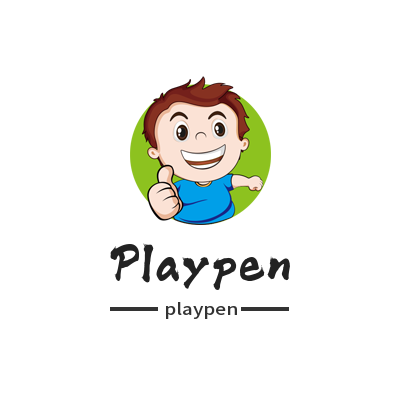Importance of Indoor Playpens for Little Children Play a key role in providing safety and supervision. Here are some ways indoor playpens are important for small children:
Prevent accidental injuries: As children grow, especially during their toddler years, they are often full of curiosity and energy, and are prone to accidents. Indoor fences can limit dangerous areas within a safe range, such as preventing children from entering potentially dangerous areas such as stairs, kitchens, and bathrooms, and reducing the risk of accidental injuries such as falls, collisions, and burns.
Provide supervision and control: Indoor fences can help parents or guardians better control their children's activities, ensuring that they can explore and play in a safe area. This gives parents peace of mind knowing their children are protected within the fence while they are busy with housework or other tasks, reducing their supervision pressure.
Establish boundaries and rules: Indoor playpens can help young children understand boundaries and rules in the home. By setting up fences, children can gradually learn to move within a specific area and realize that there may be dangers beyond this area. This helps develop their self-discipline and safety awareness.

Protect valuable items: Children are curious about their surroundings and love to explore and touch various objects. Indoor fences can help protect valuable items in your home, such as electronic devices, furniture, decorations, etc., from children accidentally damaging or breaking them.
Promote independent activity: Although indoor playpens provide certain restrictions, they can also provide a relatively safe environment for children to freely engage in independent activities and play. The space within the fence can be specially designed as an activity area suitable for children, such as a play corner, reading area or toy area to promote their development and learning.
In summary, indoor fences play an important role in keeping children safe, providing supervision and control, and establishing boundaries and rules. However, the fence is only an auxiliary tool, and parents or guardians still need to be vigilant and provide appropriate supervision to ensure the safety and healthy growth of their children.

